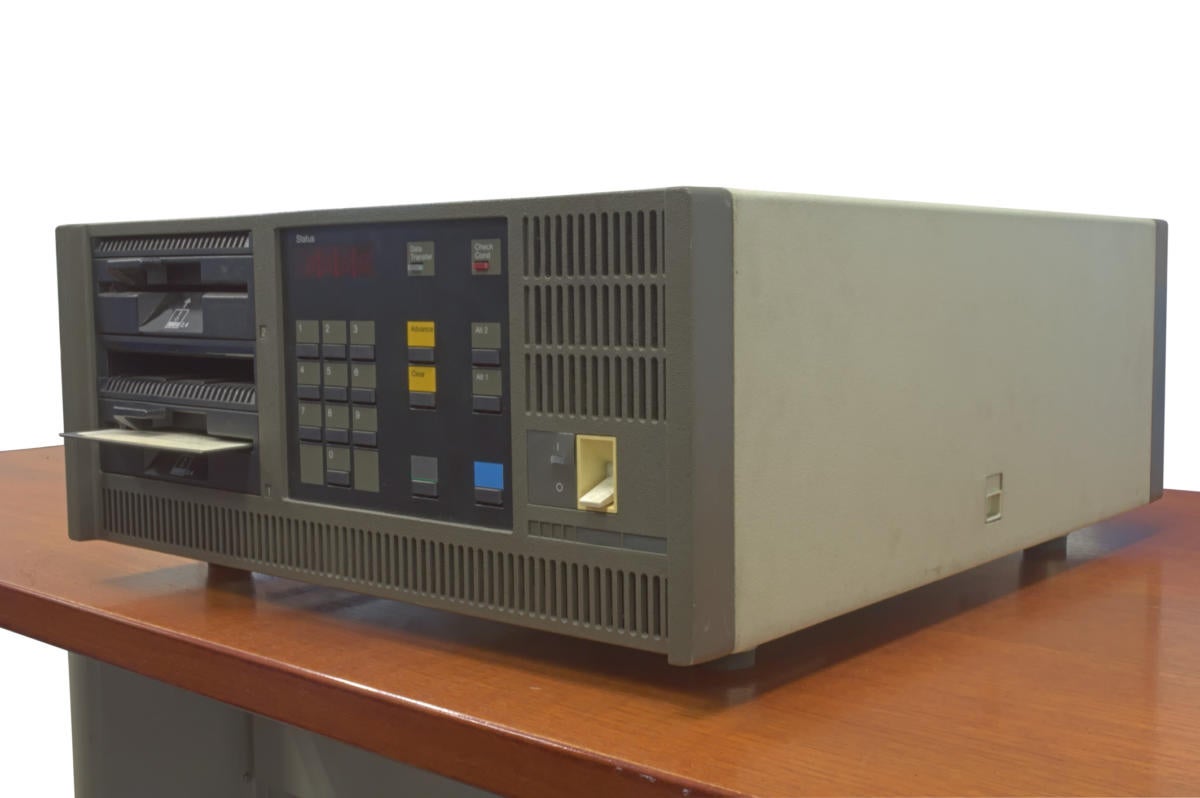I’ve been corrected more than once. I’ve used the term “legacy system” in meetings and been quickly taken to the woodshed by the language police for saying something that was a clear pejorative. Even here I’ve started saying “traditional system” instead. I’ve gotten less crap about that, but it’s the same thing.
I’ve worked on those system early in my career and still consider them valuable IT assets, now and moving forward. Here’s why.
Although traditional systems, including those created 20 or more years ago, don’t get much press from the tech media, they are core to what keeps most Global 2000 businesses going day to day. You need the ability to use the traditional (and typically on-premises) systems in such a way that they work and play well with emerging systems, such as those that are cloud based.
Yes, the focus has been on replacing these systems. In many cases, the applications and data stores on traditional platforms are not economically viable to move to the cloud. The analysts generally agree that, compared to the overall application portfolio, traditional data comprises 30 percent to 35 percent—at least for the next five to ten years.
These applications will have to continue to live in traditional enterprise data centers, or, more likely, be placed with a colocation provider or managed services providers. In some cases, public clouds will stand up platform analogs to allow these systems to run in their own native spaces in the clouds. But there is no law that enterprises need to do that. In some cases, it’s best to leave well enough alone.
There are, however, a few core problems that must be solved:
- We need to use technology that can facilitate communications between the public clouds and the traditional systems.
- We need common security and governance frameworks that span both traditional systems and multicloud deployments.
- We need to include traditional systems in emerging devops processes and toolchains, if possible.
- We need some way to abstract traditional systems in new cloud-native approaches, including microservices and containers.
These things are hard to do—and even harder to do on traditional systems. The industry does not care as much about these platforms anymore; most of the R&D money is going to public clouds, IoT, AI, and edge computing.
I’m telling you now: Neglect these systems to the detriment of the cloud. Legacy is more important to cloud than most understand. Yes, I said it.






